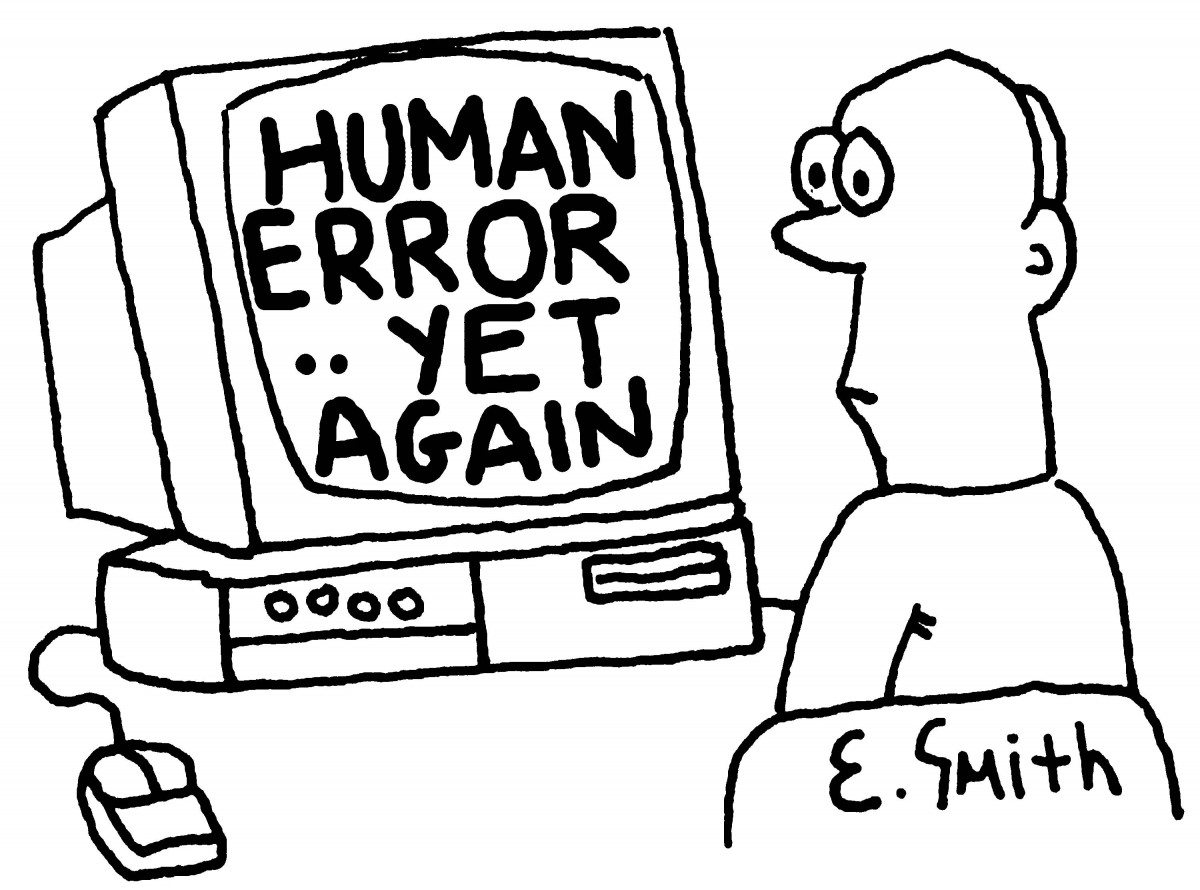Even the best experiments have sources of error, but a smart experimentalist considers the likely sources of error and the effect they have on the experiment’s results and conclusions. To determine how specific errors affect final conclusions, first consider how the error would affect your raw data, then rework calculations that led to your conclusions.
There are two (or three?) types of error that arise in chemistry lab:
- Random error (or indeterminate error)
- Random error can change your results randomly in either direction;
- It is impossible to predict what direction random error will affect your results because it will be different every time;
- A large spread in duplicate experiments suggests random error;
- Limitations in measurement tools are a source of random error that contributes to ALL experiments – if you measure the mass of a marble 5 times, you will always get a slightly different mass;
- Averaging many duplicate experiments can reduce the effects of random error;
- Uncontrolled variables are a source of random error that can be difficult to identify. For example, the density of water is temperature dependent. If you were measuring the density of water and failed to notice that the temperature of the water was drifting randomly, this would produce a random error;
- Another example of a random error is contamination from dirty glassware. If the amount and identity of the contamination is unknown, it would have a random effect on the experiment. Make sure you always start with clean glassware!
- A third example of random error is contaminated chemicals. Never put chemicals back into stock containers!
- Systematic error (or determinate error, or systematic bias)
- Flaws inherent to the experiment that cause results to shift in one direction every time;
- Inaccurate data with a narrow distribution in duplicate experiments suggests systematic error;
- Averaging will not reduce systematic error;
- Systematic errors can be reduced by improving your procedure;
- Poorly calibrated instruments are a source of systematic error. For example, a poorly calibrated thermometer that always reads higher than the actual temperature could be recalibrated to eliminate systematic error;
- Transfer errors are the systematic loss of substances when they change containers. One way that transfer errors can be eliminated is by measuring the mass of empty containers after transfer.
- Human error
- You didn’t follow instructions, forgot to tare the balance, accidentally threw away your product, didn’t write down a critical piece of data, tried to rush through a step, etc.;
- A data point that is nowhere close to consistent with replicate measurements suggests human error;
- To prevent human error, work carefully. Rushing through an experiment usually ends up taking more time in the long run because you will have to repeat parts of the experiment.

http://www.cortell.co.za/wp-content/uploads/2016/08/use-marketing-automation-to-avoid-human-error.jpg
